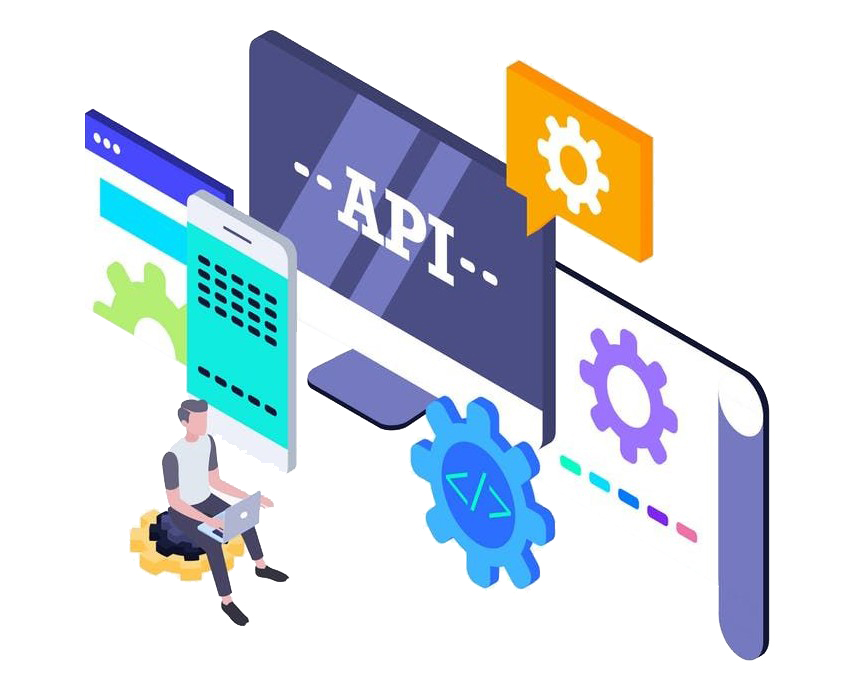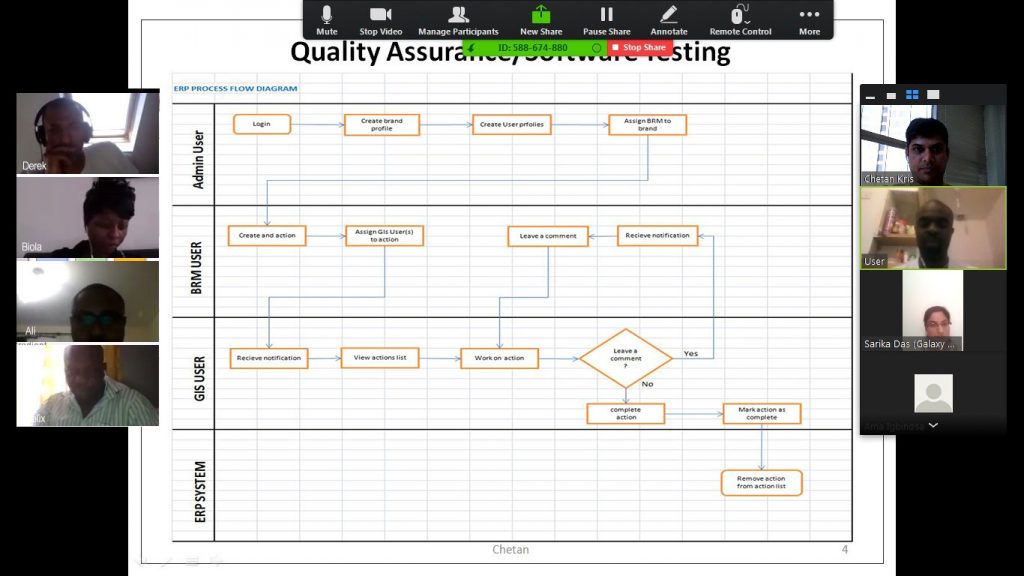
By now you probably realise CeMAP is a tough qualification and the syllabus covers such a wide range of financial industry topics. The official manual for CeMAP 1 alone is over 600 pages! So this can be a lonely path to take if you haven’t got direct support from an experienced CeMAP tutor or the invaluable benefit of being part of a peer group studying together, giving each other encouragement and identifying knowledge gaps.
If you have decided to go down our suggested CeMAP home study path then hopefully this short guide might help you with an approach to getting it done successfully
CeMAP 1: UK Financial Regulation
Step 1: Unit 1 Study
Read Unit 1 of the UK Financial Regulation Made Easy revision book provided in your pack.
(Topics 1 to 16, pages 7 to 108)
– Course Slides and Audio files to support this unit can be found on Futuretrend’s CeMAP VLE Futuretrend Virtual Learning Environment
Step 2: Unit 1- Test Yourself
Attempt Unit 1 questions in the UK Financial Regulation Mock Paper A. (50 Questions)
– Answers are found at back of mock papers with justifications
– Digital online version with auto marking available on the VLE; You can decide if you want to attempt 25 questions or 50 questions depending on how much time you have.
Step 3: Recap
Based on your mock test results, do a recap of any areas that you may have struggled with, questions you got wrong or concepts that you didn’t understand or never came across during your studies (whether you chose the right answer or not!)
Also remember, you can do this as many times as you like. Questions and answers are randomised. You also have access for a whole year.
Step 6: Recap
Step 4: Unit 2 Study
Read Unit 2 of the UK Financial Regulation Made Easy revision book provided in your pack.
(Topics 17 to 25, pages 109 to 171)
– Course Slides and Audio files to support this unit can be found on the VLE
Step 5: Unit 2 Test Yourself
Attempt Unit 2 questions in the UK Financial Regulation Mock Paper A. (50 Questions)
– Answers found at back of mock papers with justifications
– Digital online version with auto marking available on the VLE
Based on your mock test results, do a recap of any areas that you may have struggled with, questions you got wrong or concepts that you didn’t understand or never came across during your studies (whether you chose the right answer or not!)
Step 7: Mock Test
Attempt the Full UK Financial Regulation Mock Paper B – 2 hour Time Limit.
– Answers found at back of mock papers with justifications
– Digital online version with auto marking available on the VLE. Try and sit for the full exam of 100 questions at this time. This will give you a feel for how the real CeMAP exam will be.
You are more than likely to finish this before the 2-hour time limit but remember this is just a mock test. You are in the comfort of your own home /office/environment. You have nothing to lose.
Step 8: Recap
Based on your mock test results, do a recap of any areas that you may have struggled with, questions you got wrong or concepts that you didn’t understand or never came across during your studies (whether you chose the right answer or not!)
Step 9: Mock Test
Attempt the Full UK Financial Regulation Mock Paper C – 2-hour Time Limit.
– Answers found at back of mock papers with justifications
– Digital online version with auto marking available on the VLE
Step 10: Take your exams
How will you know your ready to take your CeMAP 1 Exam?
Be sure that you are scoring minimum of 80% consistently in the mock question papers.
The LIBF have a database of thousands of questions and they add/ amend these every year according to syllabus changes; so these are just sample questions and unlikely to appear word for word as such in the real exam
Step 5: Mock Test
If you are getting a good score as above with your mock tests (paper-based or online) and feel comfortable with your studies then it’s time to take the final step and sit your official exam with the LiBF (London Institute for Banking & Finance.). Give them a call to book on 01227 818609. You will be provided an option of test centres near you or you could also sit the exam online (proctored).
CeMAP 2: Mortgages
Step 1: Unit 3 Study
Read Unit 3 of the Mortgages Made Easy revision book provided in your pack.
(Topics 1 to 8, pages 7 to 61)
– Course Slides and Audio files to support this unit can be found on the VLE
Step 2: Unit 3 Test Yourself
Attempt Unit 3 questions in the Mortgages Mock Paper A. (25 Questions)
– Answers found at back of mock papers with justifications
– Digital online version with auto marking available on the VLE
Step 3: Recap
Based on your mock test results, do a recap of any areas that you may have struggled with, questions you got wrong or concepts that you didn’t understand or never came across during your studies (whether you chose the right answer or not!)
Step 4: Repeat
Repeat steps 1 to 3 for the remaining units
Unit 4 (Topics 9 to 15, pages 62 to 100)
Unit 5 (Topics 16 to 22, pages 101 to 137)
Unit 6 (Topics 23 to 26, pages 138 to 156)
Attempt the Full Mortgages Mock Paper B – 2 hour Time Limit.
– Answers found at back of mock papers with justifications
– Digital online version with auto marking available on the VLE
Step 6: Recap
Based on your mock test results, do a recap of any areas that you may have struggled with, questions you got wrong or concepts that you didn’t understand or never came across during your studies (whether you chose the right answer or not!)
Step 7: Mock Test
Attempt the Full Mortgages Mock Paper C – 2-hour Time Limit.
– Answers found at back of mock papers with justifications
– Digital online version with auto marking available on the VLE
Step 8: Take your exams
How will you know your ready to take your CeMAP 2 Exam?
Be sure that you are scoring minimum of 80% consistently in the 4 different units of the mock question papers.
The LIBF have a database of thousands of questions and they add/ amend these every year according to syllabus changes; so these are just sample questions and unlikely to appear word for word as such in the real exam
If you are getting a good score in all units as prescribed above (paper-based or online) and feel comfortable with your studies then it’s time to take the final step and sit your official exam with the LiBF (London Institute for Banking & Finance.). Give them a call to book on 01227 818609. You will be provided an option of test centres near you or you could also sit the exam online (proctored).
CeMAP 3: Assessment of Mortgage Advice
CeMAP 3 has no new study material; the whole aim of the paper is to test what you’ve learnt from CeMAP 2 and how to apply it to a set scenario (of course you will also need background knowledge of CeMAP 1). So CeMAP 3 comprises of 6 case studies for you to read and then attempt 10 multiple choice questions on each
Step 1: Mock Test
Attempt the Full Assessment of Mortgage Advice Mock Paper A –2 hour Time Limit.
– Answers found at back of mock papers with justifications
– Digital online version with auto marking available on the VLE
Step 2: Recap
Based on your mock test results, recap on any areas that your may have struggled with or areas you got wrong
Step 3: Mock Test
Attempt the Full Assessment of Mortgage Advice Mock Paper B –2 hour Time Limit.
– Answers found at back of mock papers with justifications
– Digital online version with auto marking available on the VLE
Step 4: Take your exams
Same process as above
10 Things you might want to consider whilst attempting the mock cemap papers
1. If you are unable to make a choice and need to spend more time on a question, flag the question and move on to the next.
2. Revise your calculations before taking the paper. There will be Percentage advances, higher lending fees, stamp duty calculations etc.
3.For CeMAP 3: Read the question thoroughly to decide whose shoes you should put yourself in. Sometimes it may be those of a mortgage broker and at other times those of a lender. Try to imagine you are them before answering the question.
4. As you read the case studies if they involve clients try to imagine they are sitting right in front of you. Read the case study with this image in your head. Jot down keywords from the case study.
5. mortgage of conduct business rules are a whole lot! Seems impossible to commit all of them to memory. The news is… You don’t have to. Try mind-mapping the mortgage of conduct business rules to bring it to life and make it easier to study.
6. In the standard multi-choice exam like the CeMAP 1 and 2 test it’s advised to leave out questions you are not sure of and go back to them. Don’t worry, you will have enough time.
7. For CeMAP 3: as questions relate to the specific case study which you have to absorb first. By all means leave out the ones you don’t know initially, but do come back to them before moving on to the next case study.
8. Remember the standard multiple choice exam strategy: Read the question twice without glancing at the answer. Cover the answers with your hands or a piece of paper if you have to.
9. Use the process of elimination with CeMAP for every question. It’s the best technique and can invariably lead you to an answer you weren’t even considering.
10. Keep yourself active during the test. This helps concentration. Take a blank piece of paper for each question and make notes.
So now you have all the tips and techniques to do CeMAP Home study on your own. If you are motivated to do this then please head over to our dedicated CeMAP home study website to book. CeMAP Home Study with Futuretrend (cemap123.co.uk) If you are already booked and studying… here’s wishing you all the best of luck with your CeMAP Exams.

























